Exclusive Review: All-New SRAM Guide Disc Brakes 2015

The ‘SRAM Guide’ is SRAM’s first ever disc brake and marks the move to offer a whole range of components under SRAM’s belt. What is evident is that the new Guide is heavier, bigger and more affordable than the current X.0 Trail, however, aiming for a similar target group it offers some big advantages over previous designs. Continue reading, to find out why! We had the exclusive chance to ride and test the new Guide models in the challenging terrain of Moab, Utah, during the SRAM Trailhouse Camp.
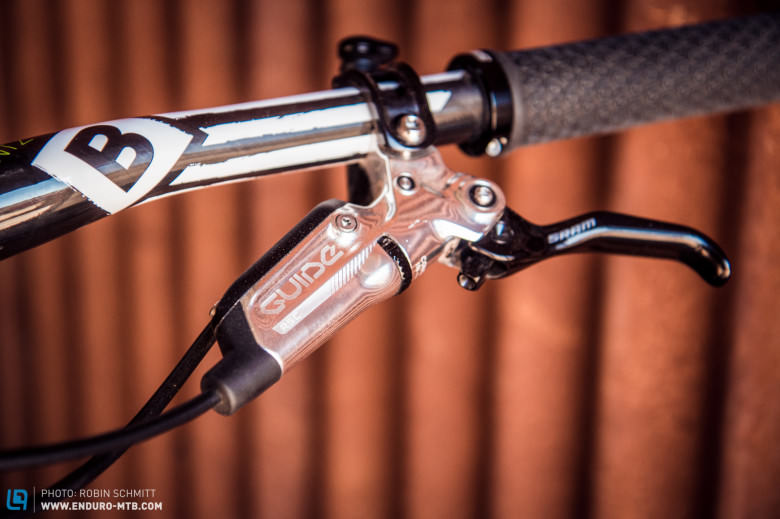
Guide will act as the successor to the AVID X.0 Trail, featuring a caliper based on the X.0 Trail but with a completely new lever design and new rotors. SRAM Mountain Bike Brake Product Manager James Alberts took some time to talk us through the new Guide trail brake:
So why the name Guide? What’s the intention behind this new brake? In this case the key is in the name! The new SRAM Guide shall serve as a reliable guide and component on any kind of adventure, offering better control, handling and consistency.

To achieve these characteristics, the brake utilizes some intelligent engineering, named the Swing link. Thanks to a special cam shape that requires less lever throw to push the pads toward the rotor the Swinglink provides increased control while minimizing deadband, improving modulation of the power. Deadband is defined as the amount of time between the moment you engage the lever, to the moment the pads contact the rotor and actually start braking. Reducing the amount of deadband allows for more effective braking and better ergonomics, as you can use the contact and reach adjustment more efficiently.
While the Guide RSC and RS feature the Swinglink, the Guide R comes with Directlink, a traditional lever design (like the Avid X.0 trail brakes) with a more aggressive feel and less modulation. So it’s great for those who want to stick to the feel of a current Avid X.0 trail (although there is perhaps no real reason to) but want to have the benefits of improved reliability of the new Guide brakes.


To increase reliability the SRAM Guide has three times more fluid volume than the X.0 Trail. This is beneficial as due to the huge volume of fluid, small amounts of air in the system make hardly any difference! SRAM have not stopped there either as there are two further features:
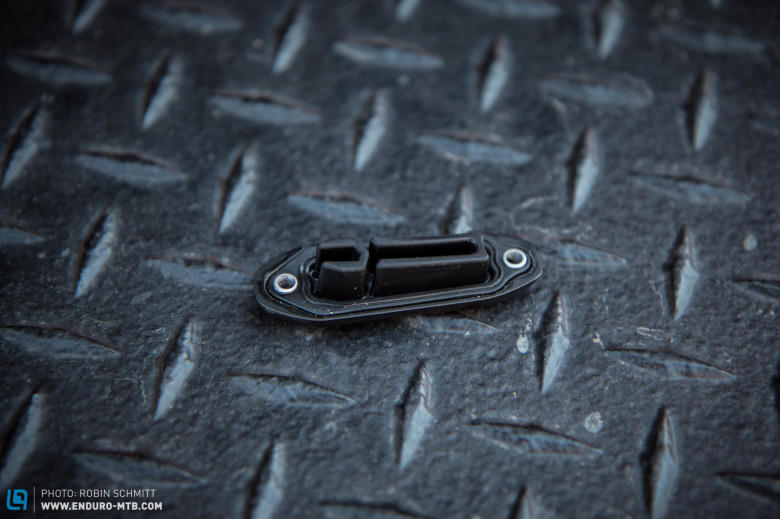
Thanks to a negative volume created by the Pure Bladder (super flexible, filled with air) there is room for expansion of the fluid volume, so when the system is working hard and hot it can compensate for the increased volume leading to a more consistent performance and an improved back-pressure relief.
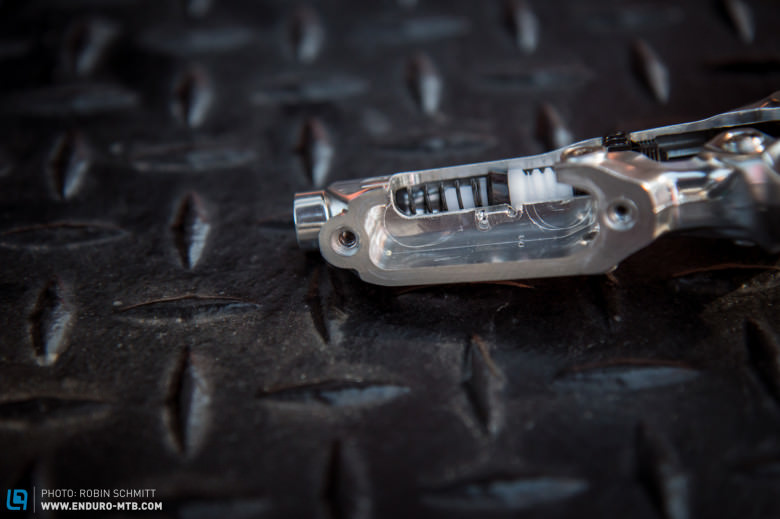
If air happens to find its way into the system, a special timing port closure mechanism prevents air moving from the Piggyback Reservoir back into the brake hoses.
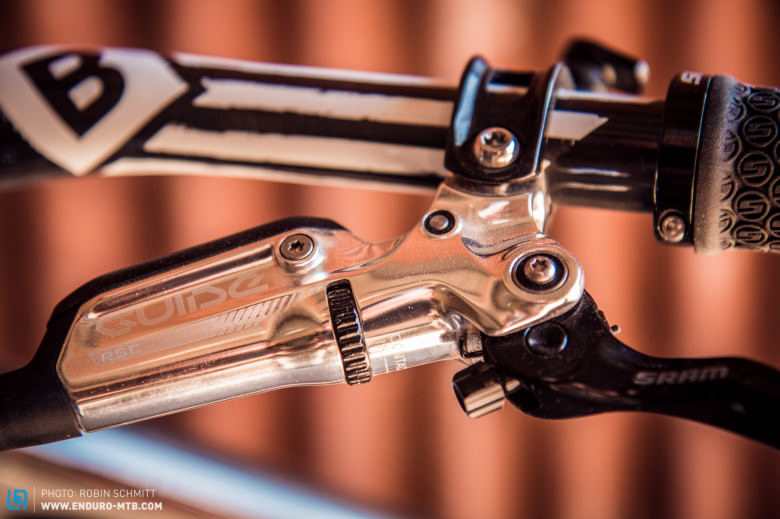
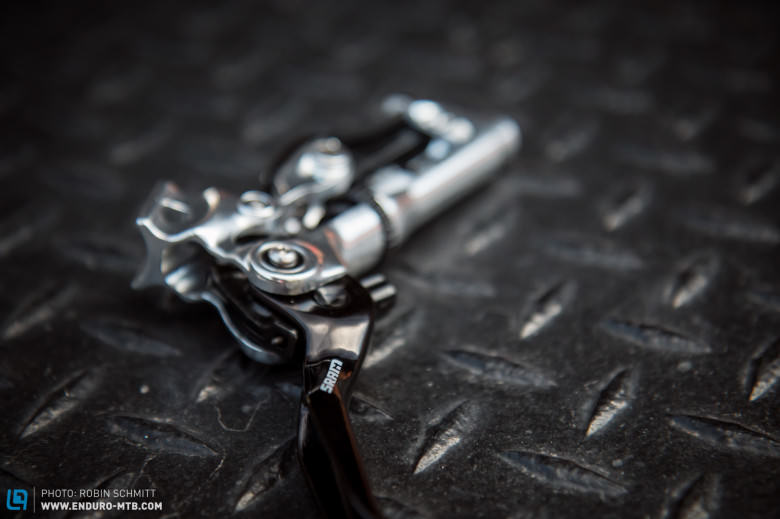
In summary the Guide RSC (top model with Reach Adjust, Swinglink and Contact Adjust) weighs 10-15 grams more than a conventional X.0 Trail brake but offers a greater and more consistent, as well easier to modulate performance.

The Guide has a four-piston dual-diameter caliper based on the X.0 Trail with a 16mm piston in front and a 14mm piston in back. It is a mere four grams heavier than the two-piston XC specific caliper from Avid.

A further step towards reliability is the one-piece Centerline Rotor with a design that provides a consistent center of friction in order to minimize vibration.
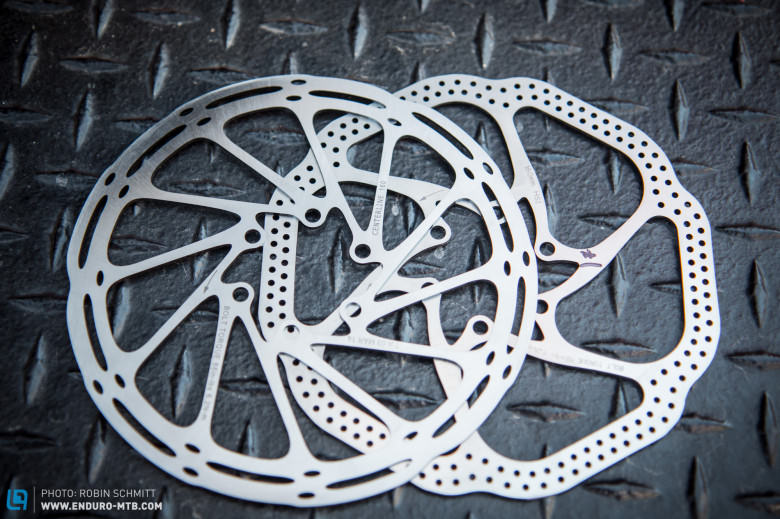
The sacrifice for quieter and smoother running is an additional 12 grams (160mm disc) compared to the previous design.

There are three models available ranging from 115€ (Guide R) up to 177€ (Guide RSC).
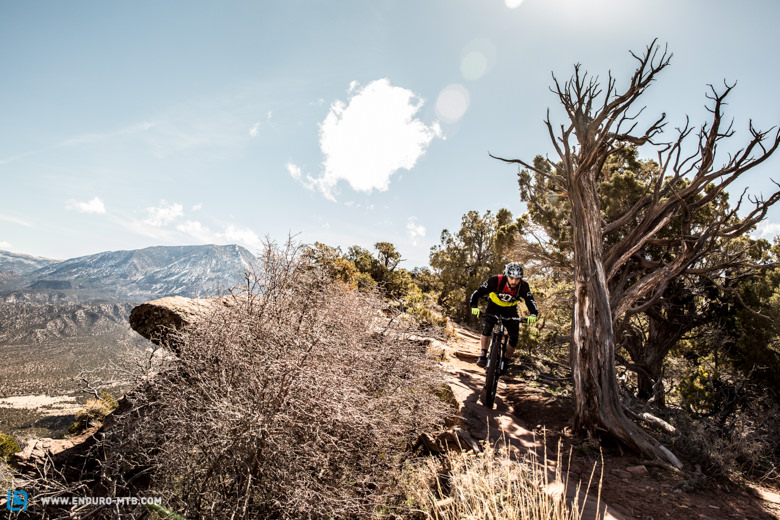
So much for the theory, how does the SRAM Guide perform on the trail?

The SRAM Guide RSC has big adjustment knobs for contact point and reach, and both work well even with gloves.
Squeezing the Guide brake lever you notice immediately the difference to previous brakes. The lever runs super smooth thanks to it’s bearings and a teflon-bushing within the Swinglink.
Those that are used to the feel of the Avid X.0 Trail brakes will need a few trail meters until they get used to the enhanced modulation of the braking power and way more sensitive performance. Further the minimized deadband allows adjustment of the lever closer to the grip than you were used too.
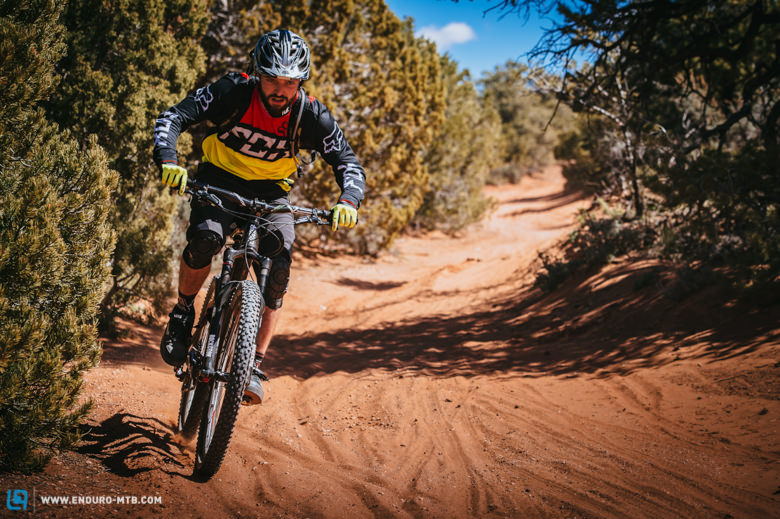
The power is very impressive, especially the solid feel when you brake hard. The feeling of the Guide’s modulation is pretty similar to Shimano brakes, however it feels a bit more solid and powerful. Especially on sandy, steep or slippery terrain, where modulation means everything, the Guide offers a great advantage over the previous models. This being said, the Guide is a great brake for both amateurs looking for a smooth modulation as well as racers that want to control precisely their speed.
The SRAM Guide brake is available in three models:
| Guide RSC | Guide RS | Guide R | |
|---|---|---|---|
| Adjustments | Contact Point Adjust / Reach Adjust | Reach Adjust | Reach Adjust |
| Weight | 375 grams | 380 grams | 375 grams |
| Color | Polished Silver Ano or Black Ano | Black (painted finish) | Black (painted finish) |
| Price | $199 / 177€ | $149 / 132€ | $129 / 115€ |
Available rotor sizes (6 bolt) 140, 160, 170, 180, 200 mm
SRAM Guide Brakes will be available on the market in June, 2014.
Bottom line: Thanks to clever technologies the new SRAM Guide brakes offer some good advantages over previous models. The great over-all feel, increased reliability and control are the highlights of the new lever and rotor design meeting the needs of todays trail riders and enduro racers that are looking for a strong brake. Especially for enduro racers “to finish first you have to finish first” is truer than ever. The overwhelming performance outweighs the few grams of additional weight.
More info: www.sram.com
Words & Photo: Robin Schmitt, Adrian Marcoux
Did you enjoy this article? If so, we would be stoked if you decide to support us with a monthly contribution. By becoming a supporter of ENDURO, you will help secure a sustainable future for high-quality mountain bike journalism. Click here to learn more.








